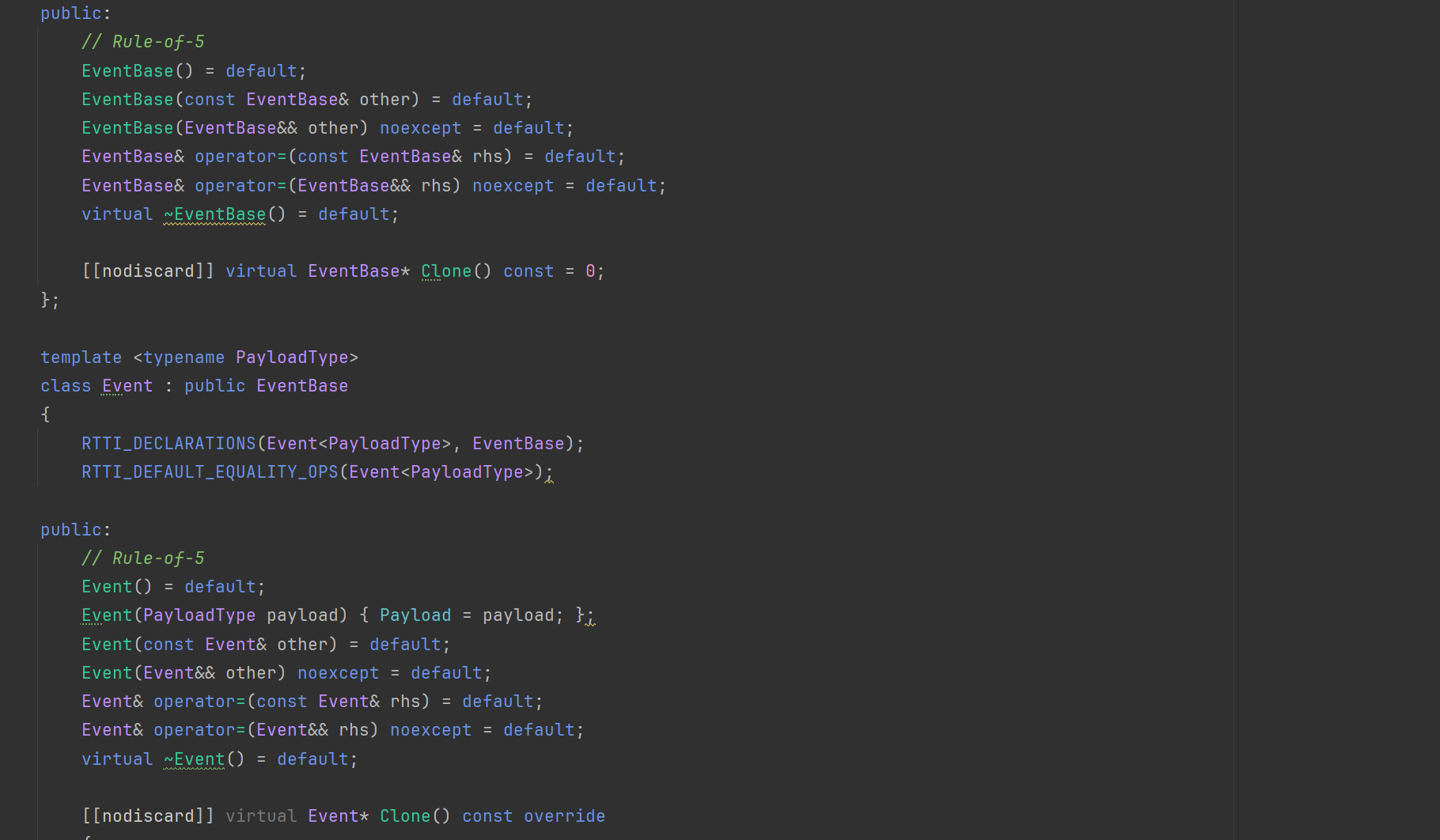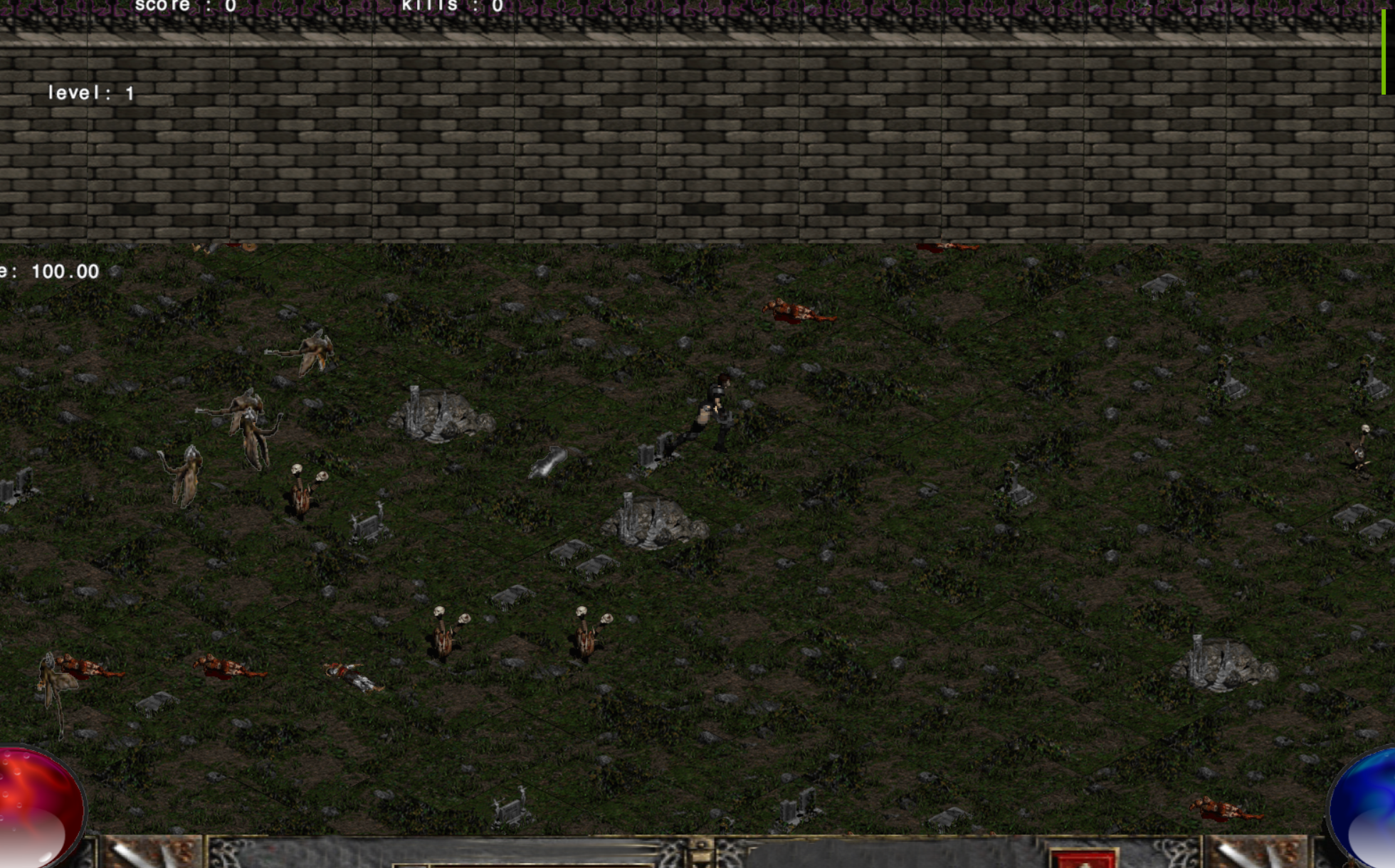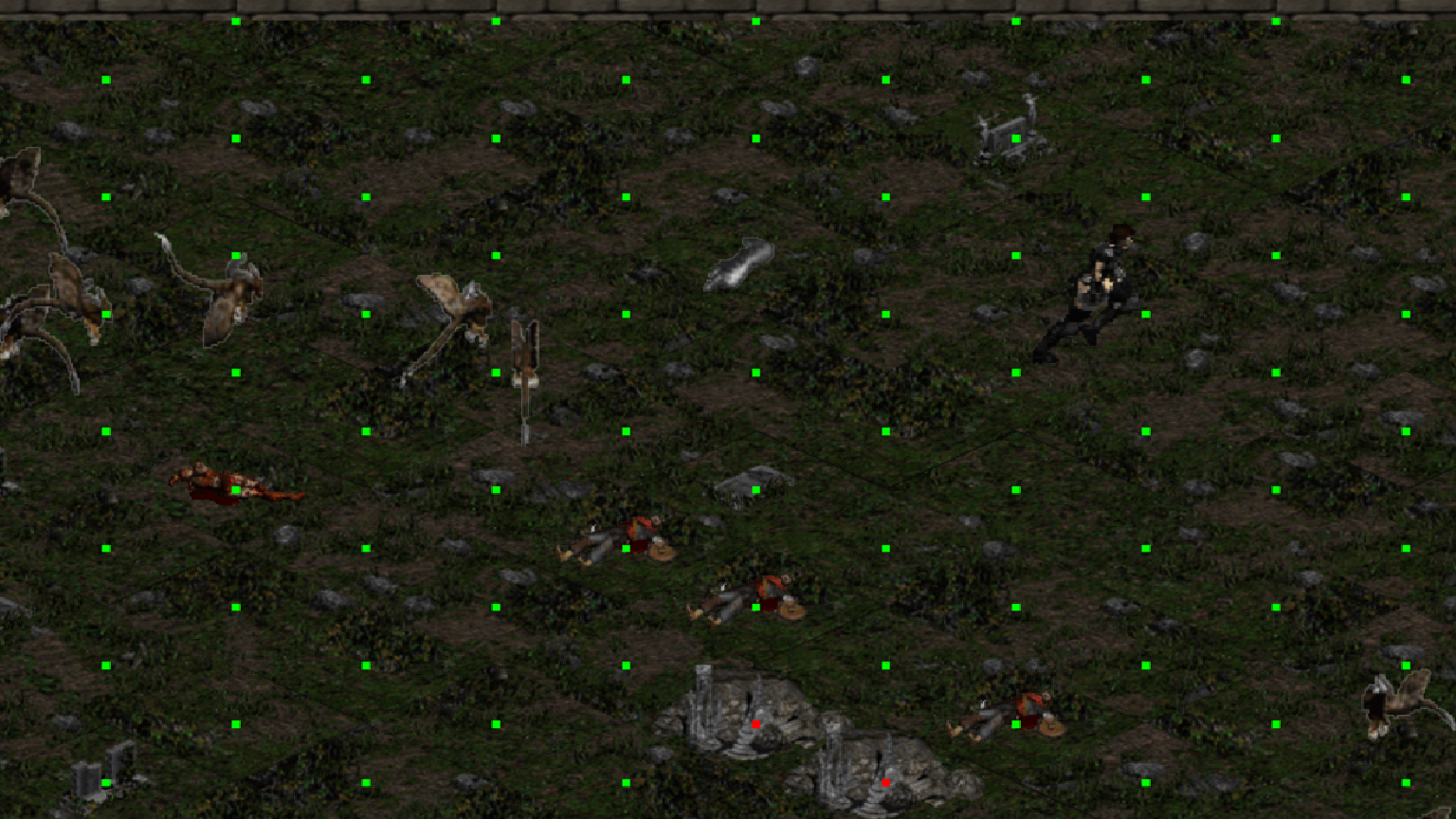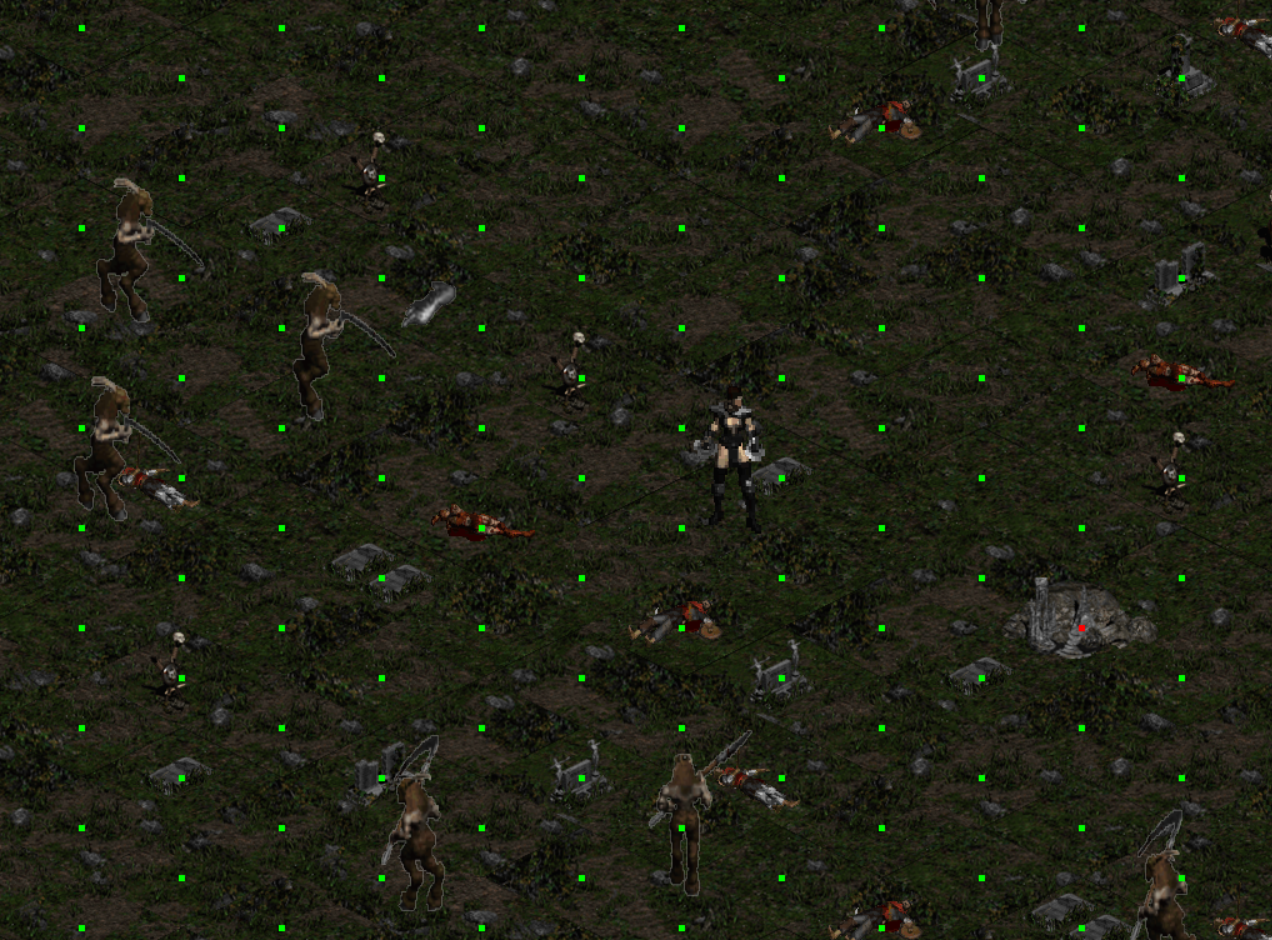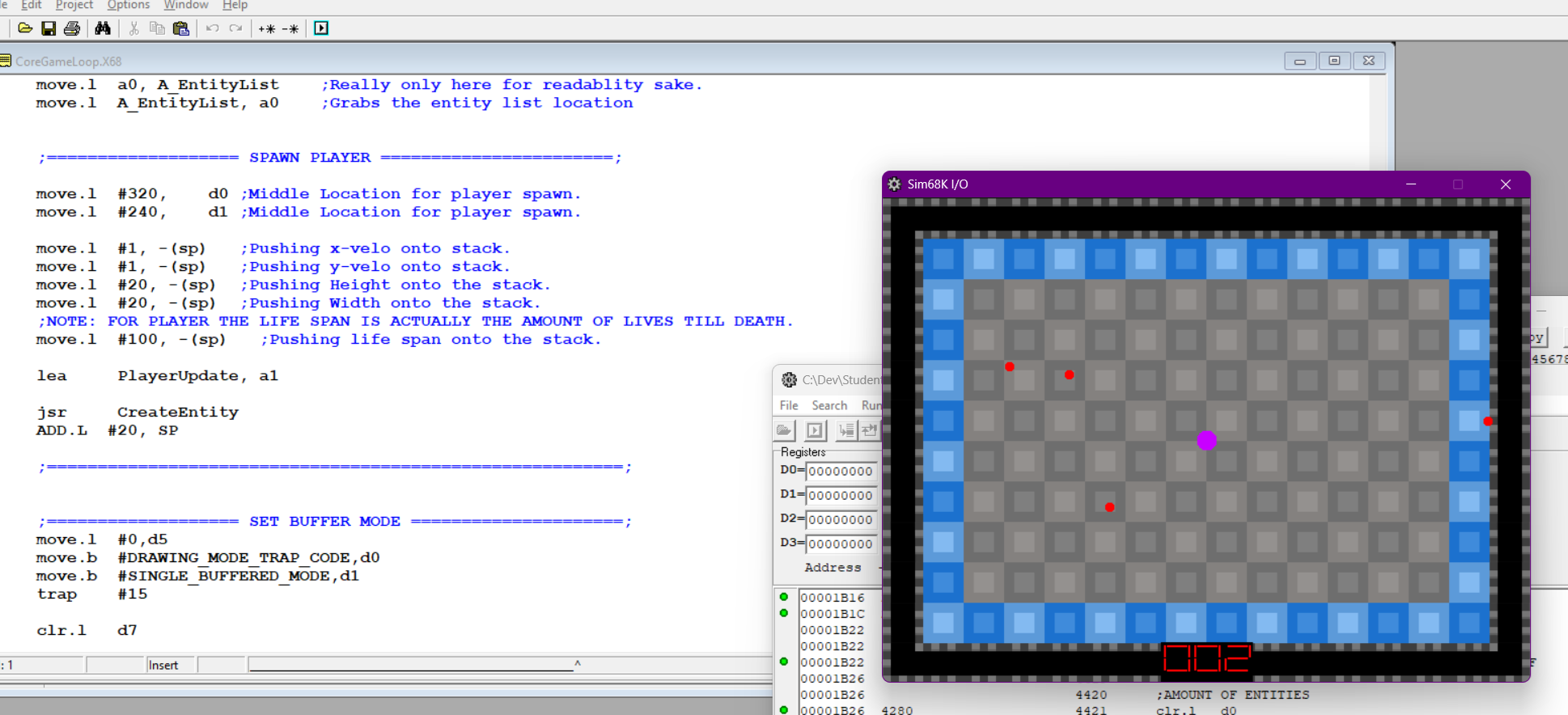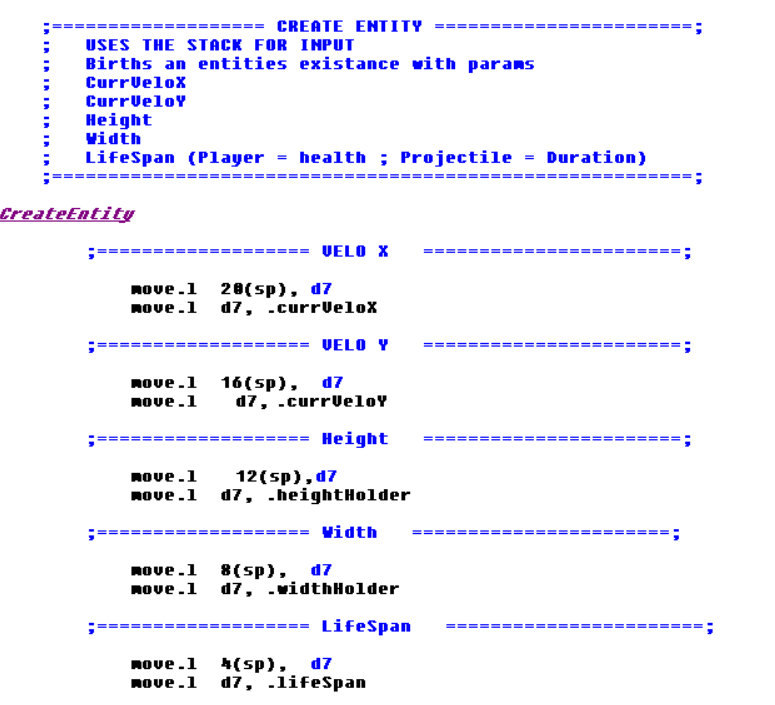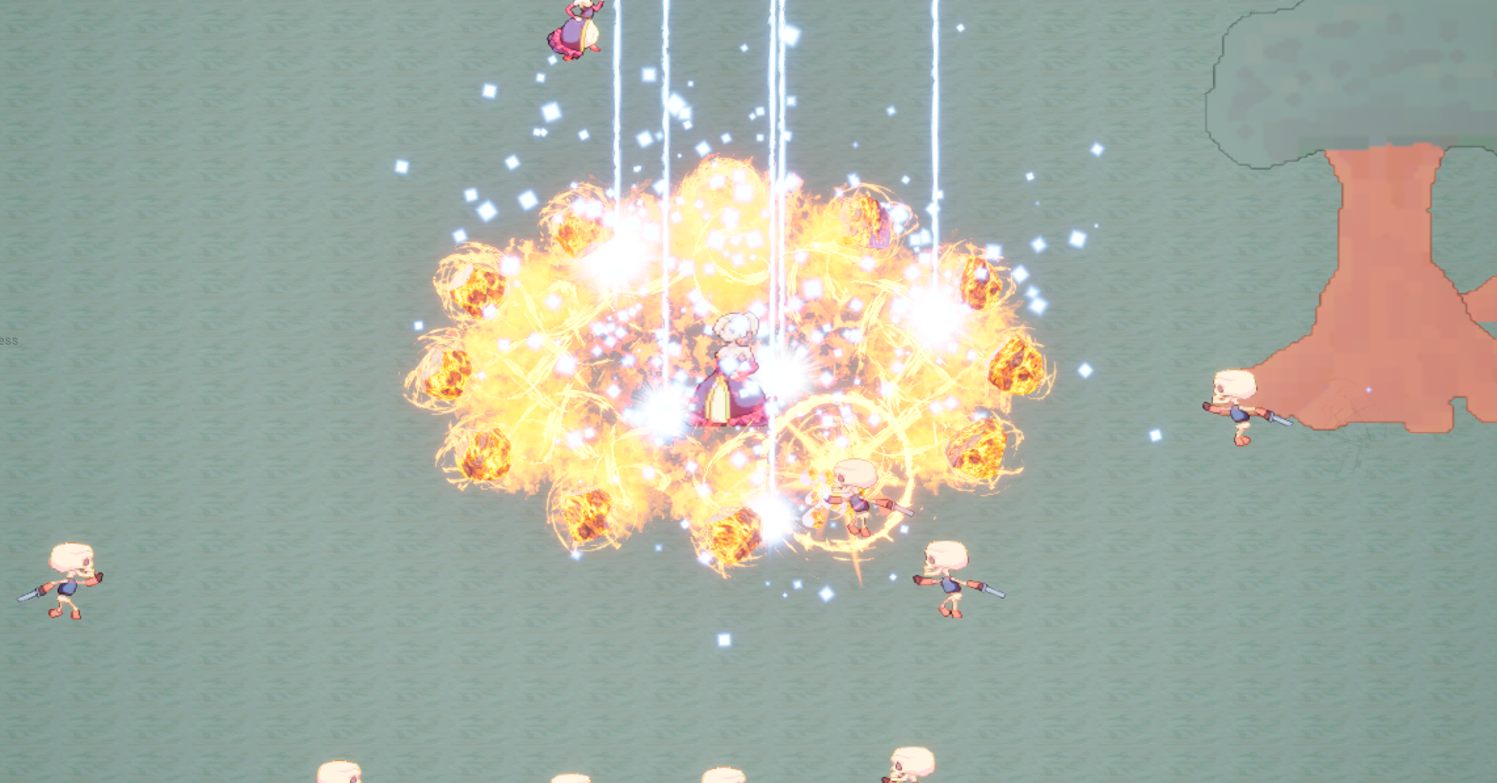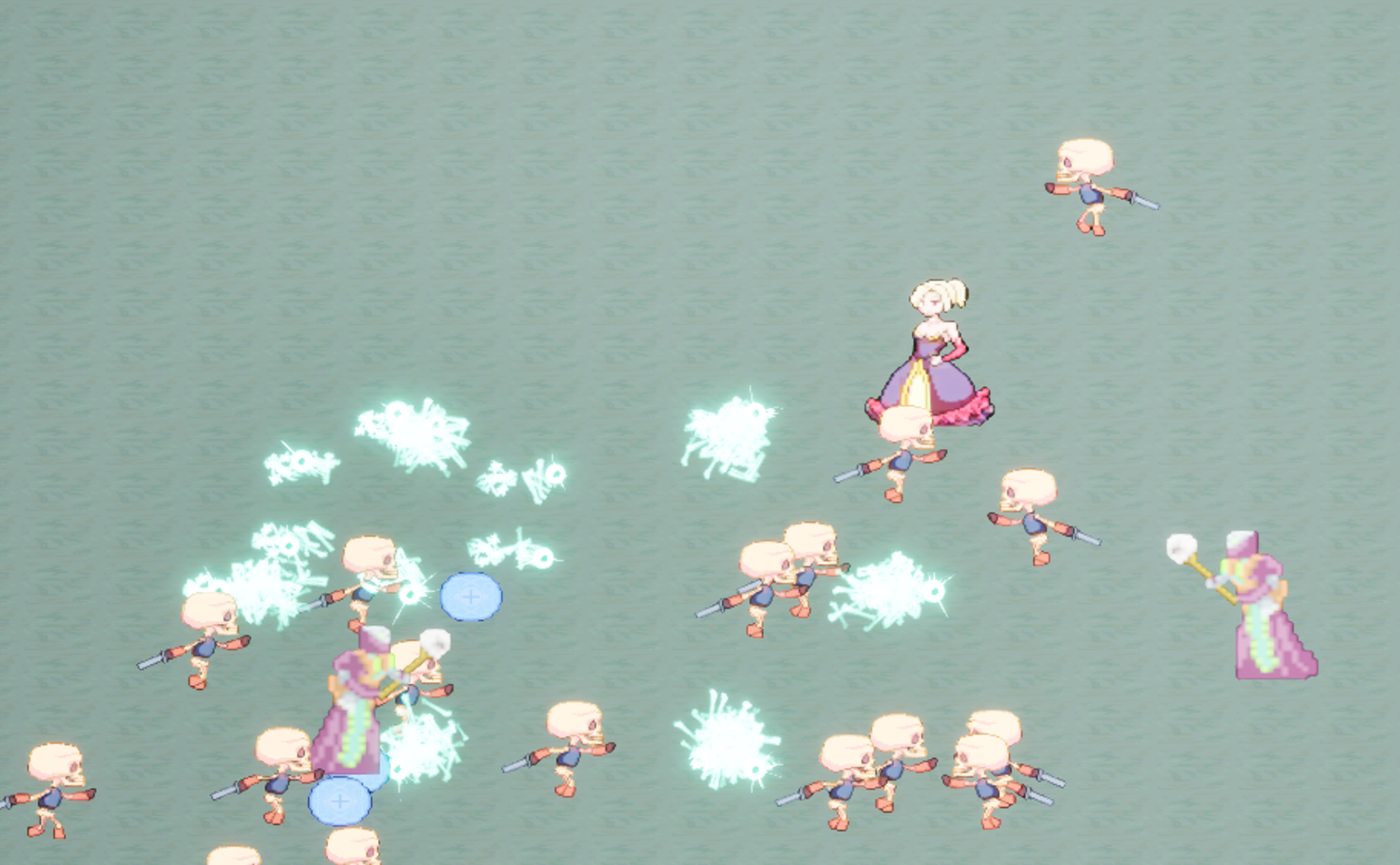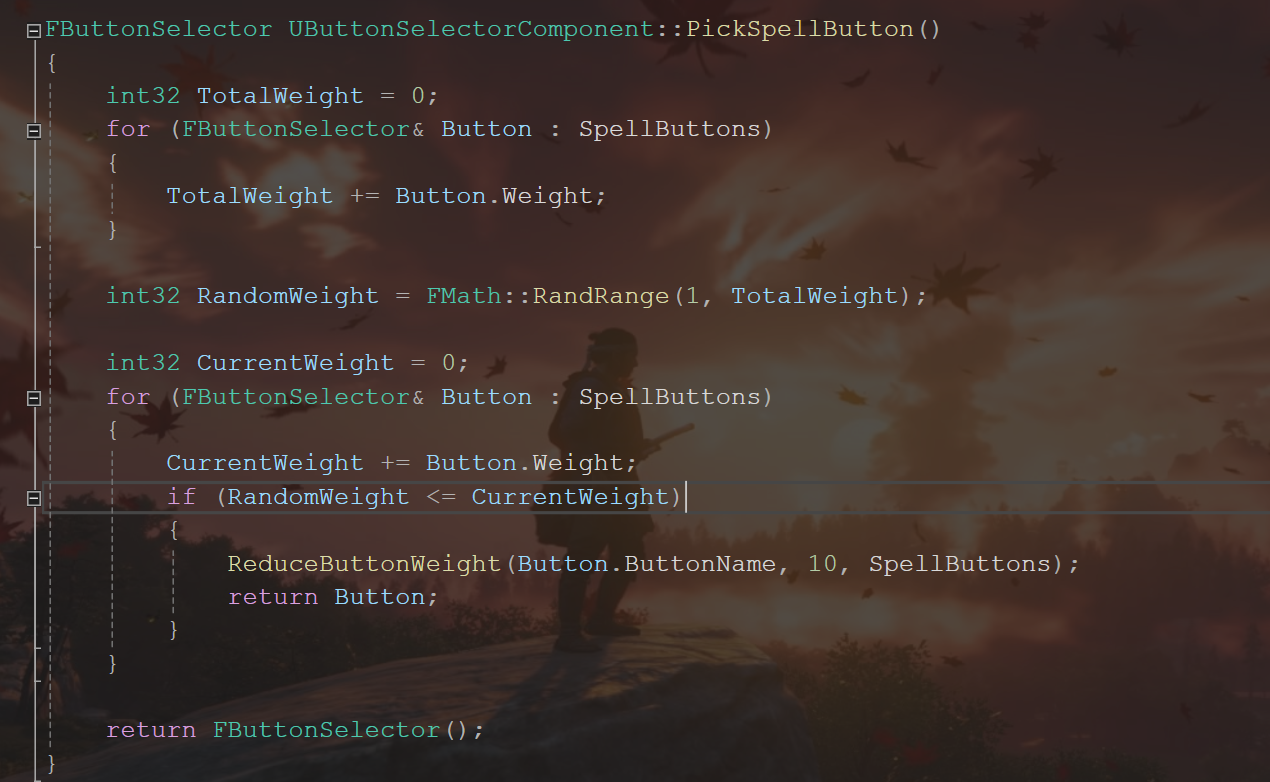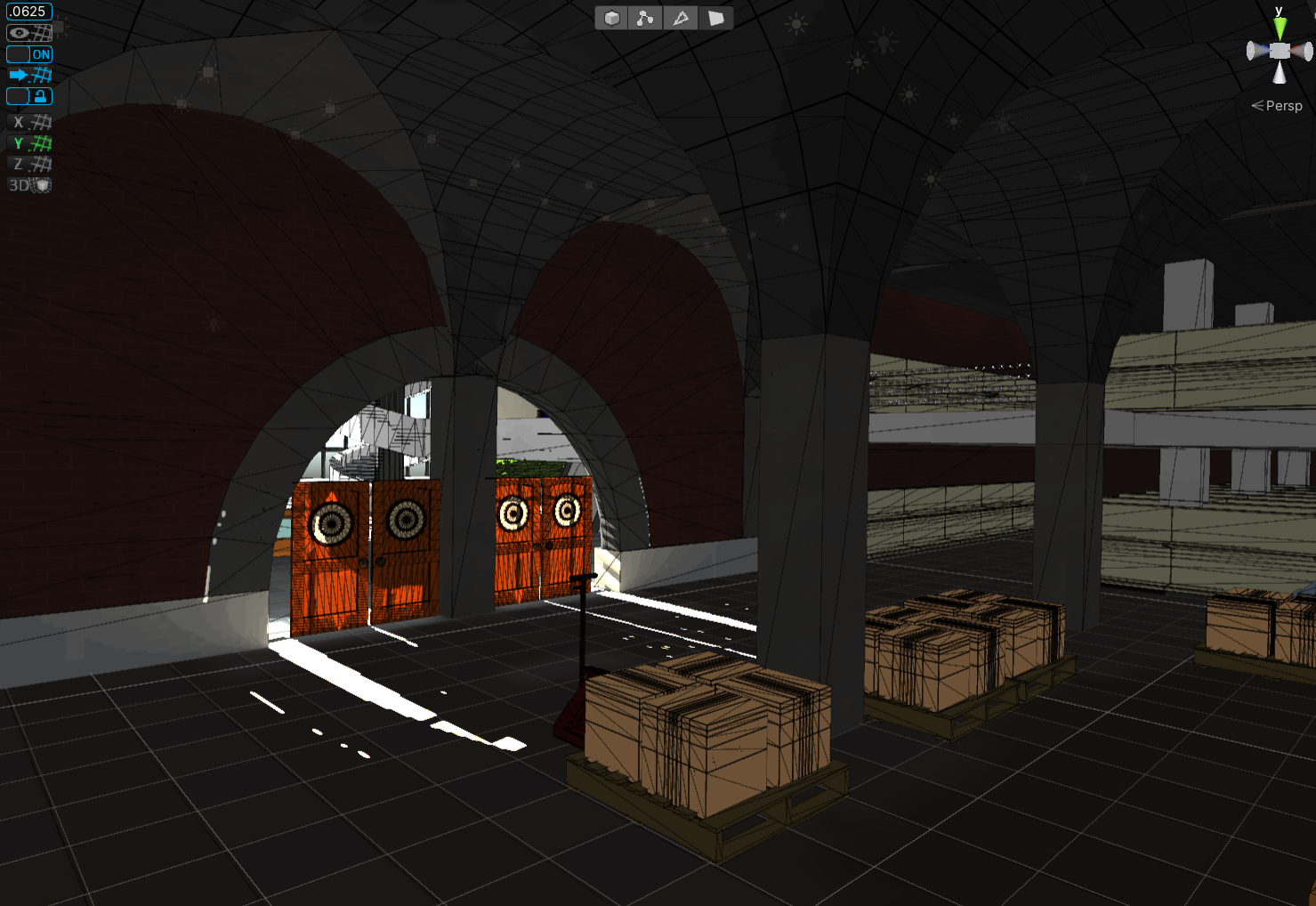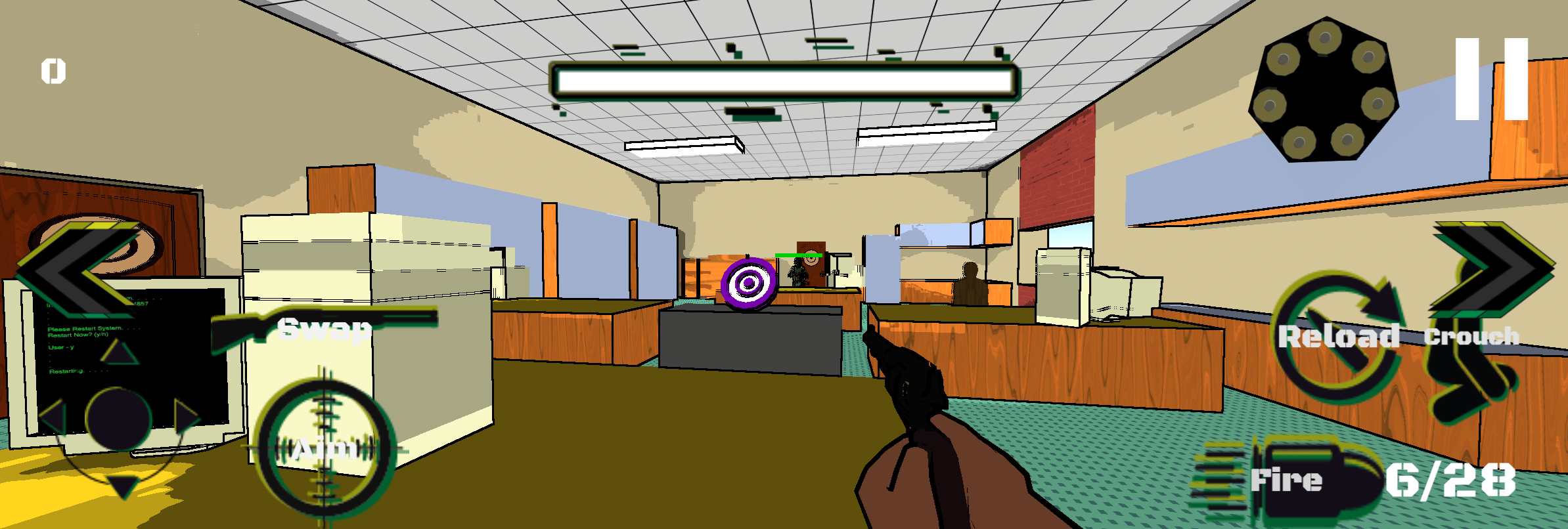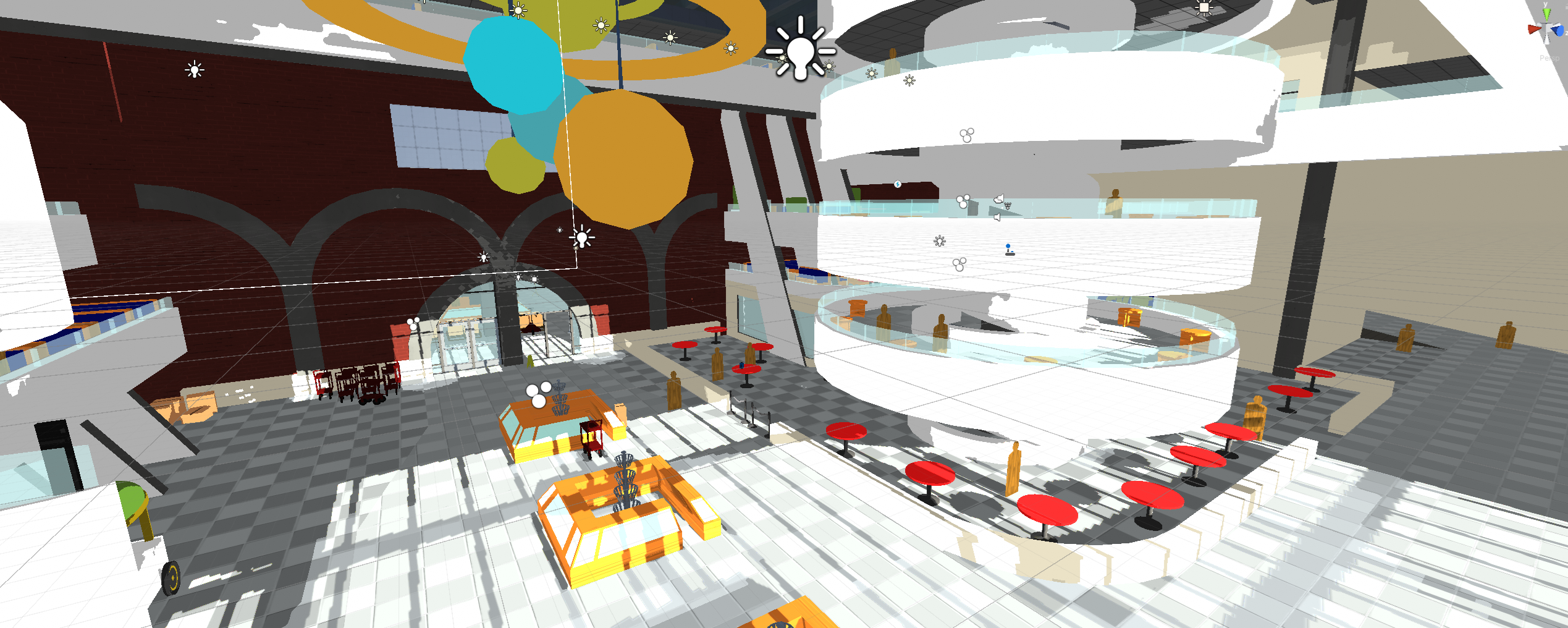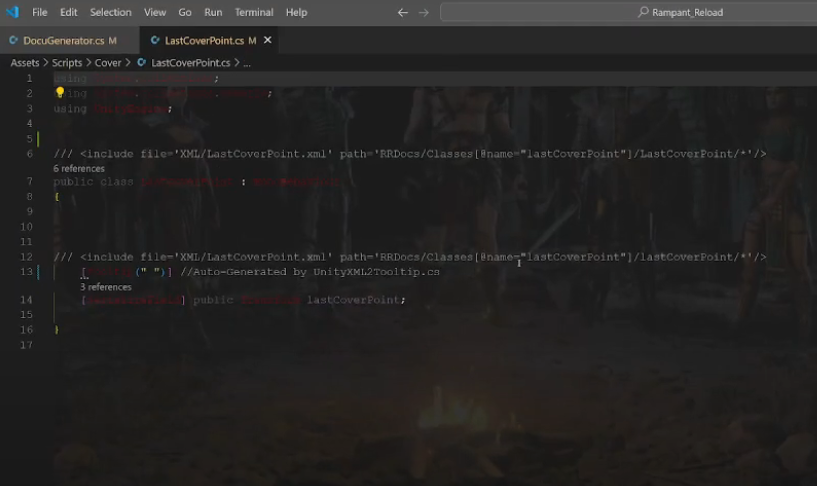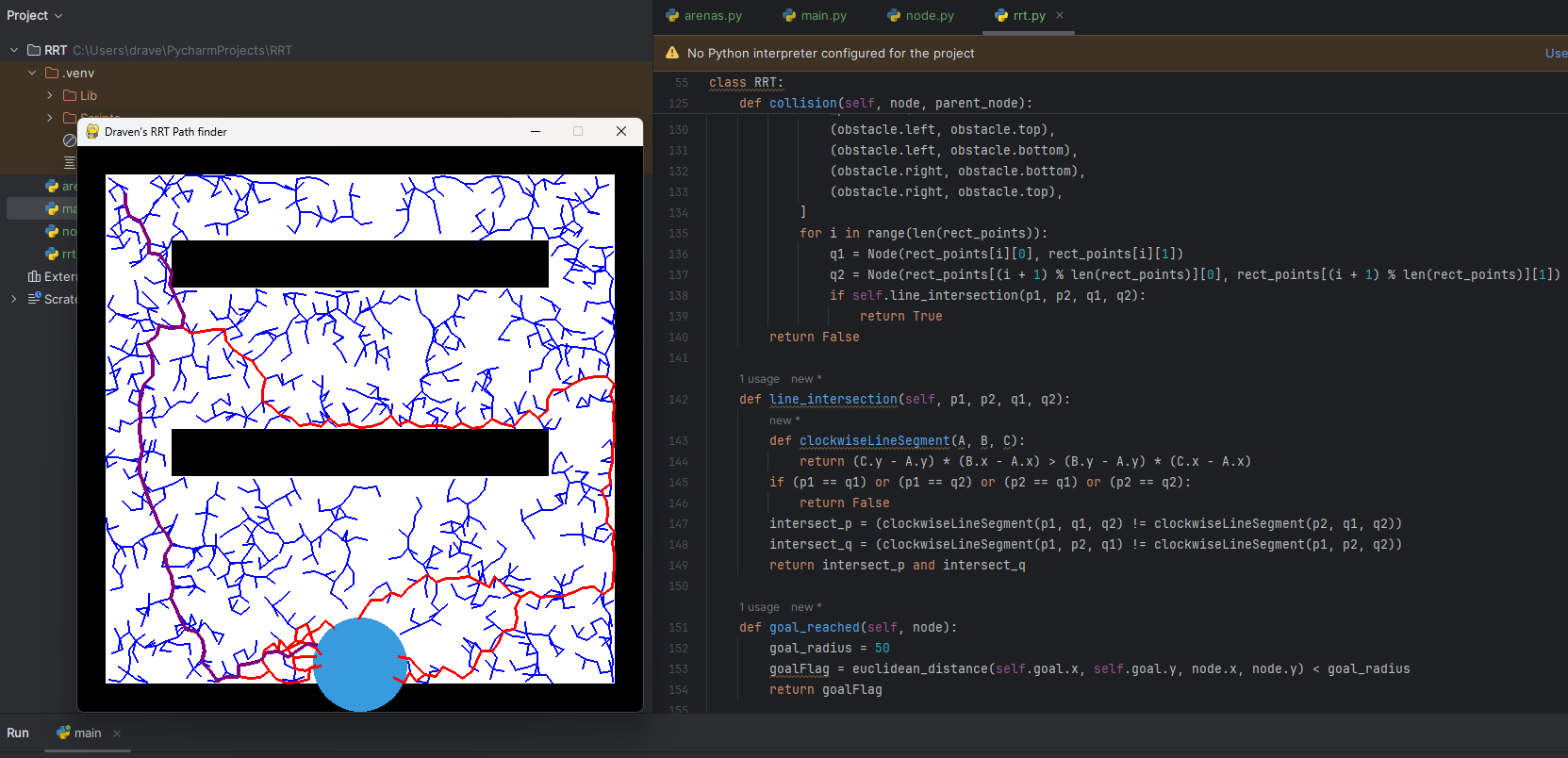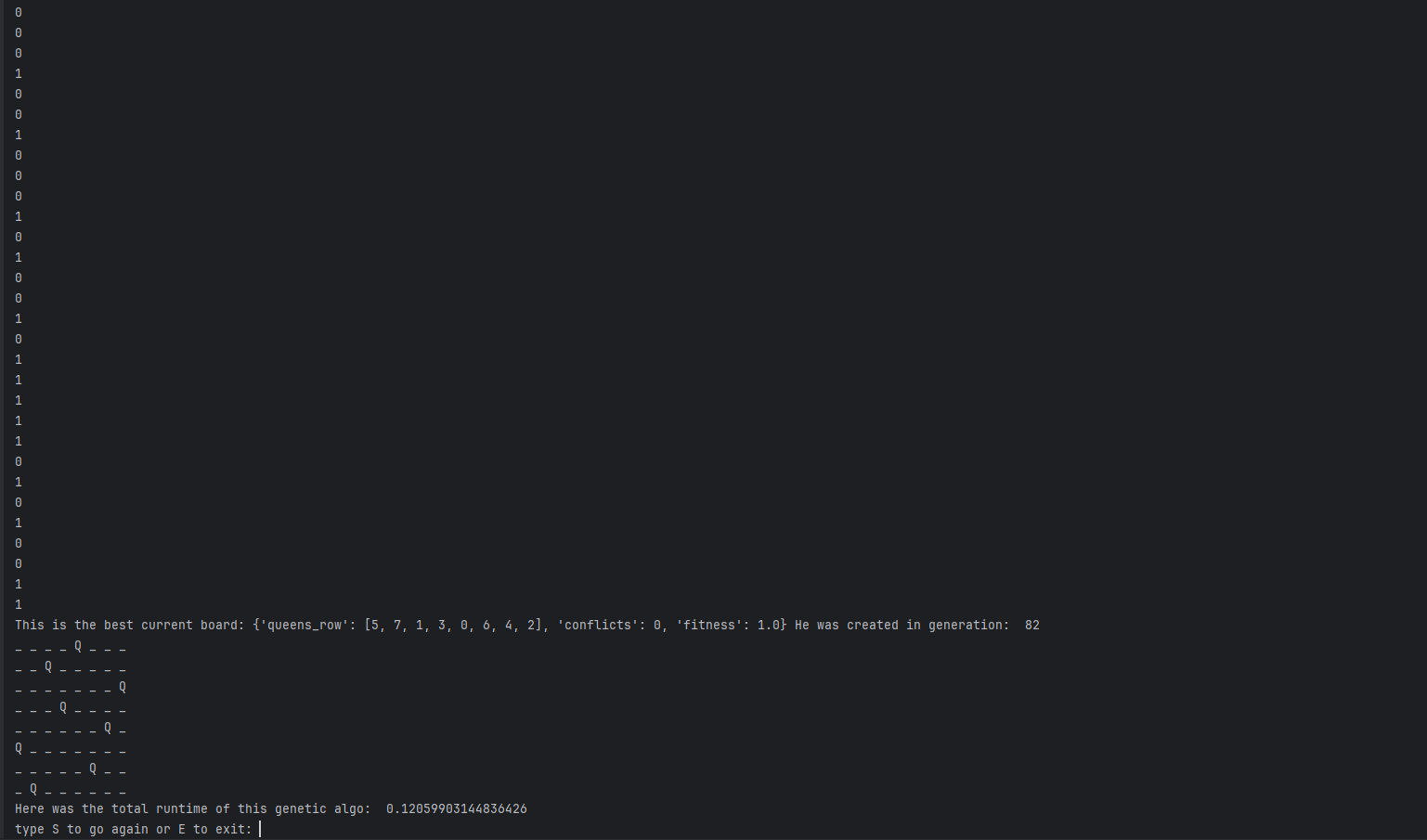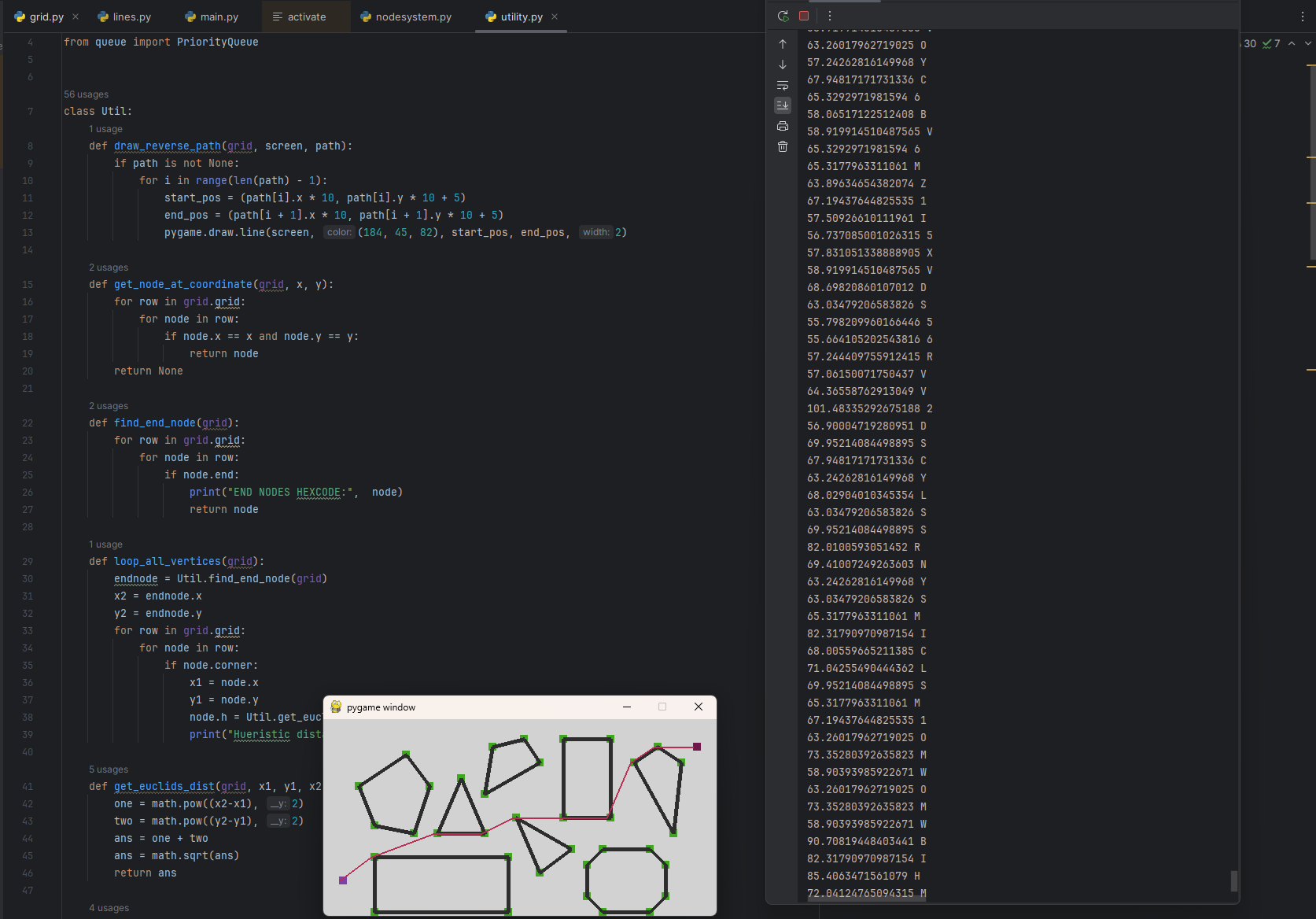About Me
My passion for video games began at a young age with titles like Diablo II and Starcraft, igniting a lifelong interest in game development. I started my journey with Roblox and LUA scripting, and expanded my skills through summer camps where I learned various game editors and coding practices. In high school, I ventured into 3D modeling and animation, but ultimately found my true calling in programming and game design.
overing new hiking trails. I have always had an adventurous spirit, whether it's developing a new project or finding an awe-inspiring trail to explore.
As I continue to develop my skills, my goal is to become a proficient systems designer and developer. I am passionate about creating intricate game systems and efficient solutions, and I am dedicated to breaking into the game development industry. Whether by joining a renowned company like Grinding Gear Games or starting my own game company, I am excited about the opportunities that lie ahead.

